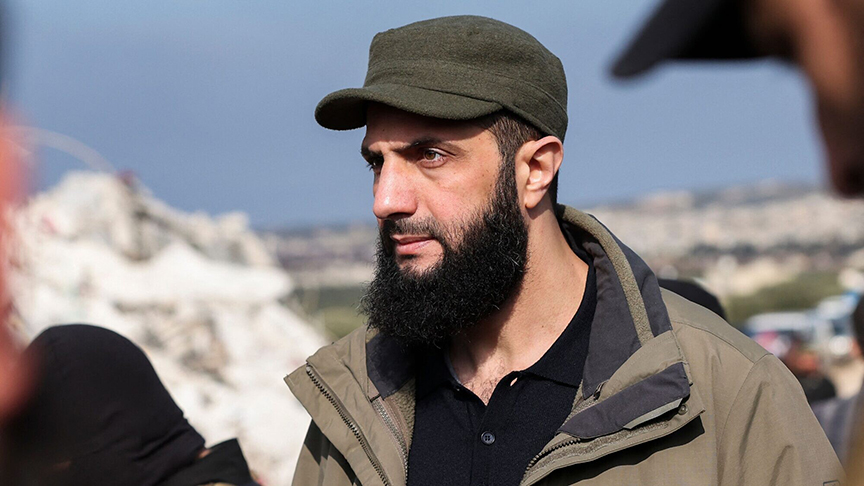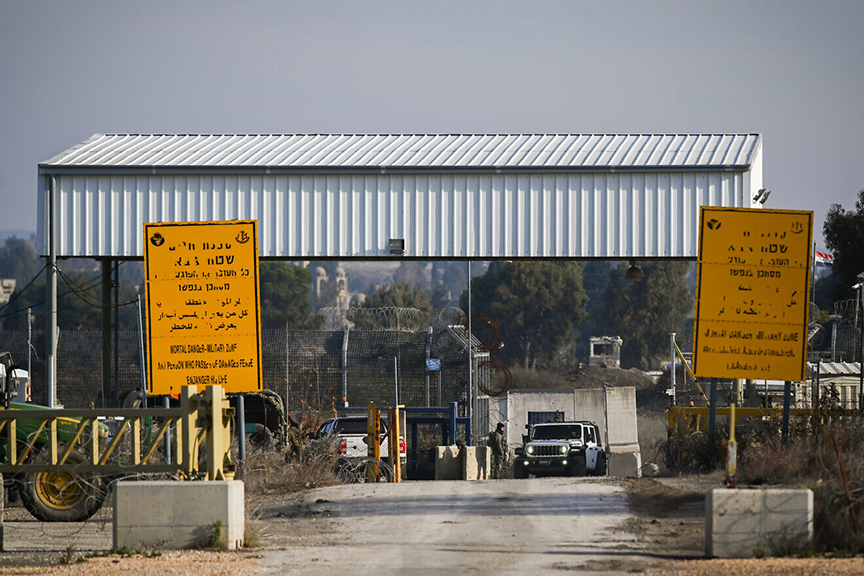Apparent Israeli ground raid takes out major Iranian missile center in Syria

Special forces operators from the Israeli Air Force’s Shadag unit take part in a combat exercise in a built-up area at the Palmachim Airbase, July 12, 2020. Credit: IDF Spokesperson.
by Yaakov Lappin
(JNS) — According to foreign media reports, on Sept. 8, Israel conducted a joint air-ground operation targeting a significant weapons production facility, where precise missiles are developed and built for Hezbollah, in western Syria’s Hama Province, near Masyaf.
It seems reasonable to assume that the targeted facility, operated by the Iran’s Islamic Revolutionary Guard Corps and associated with Syria’s Scientific Studies and Research Center, plays a critical role in Tehran’s missile accuracy project for Hezbollah.
The operation would seem to mark an important step in Israel’s long-standing campaign to disrupt Iran’s military entrenchment in Syria and prevent advanced weaponry from reaching Hezbollah, which poses a strategic threat to Israel.
The facility targeted in this complex strike is part of Iran’s broader effort to develop precision missile technology in partnership with Syria and Hezbollah. After many shipments of Iranian missiles kept mysteriously exploding en route to Syria since 2012, Iran took the decision to manufacture and develop precise missiles on Syrian soil, to reduce exposure to Israeli intelligence and firepower. It appears as if that approach failed on Sept. 8.
Israeli commandos, along with air and drone support, reportedly executed a coordinated attack, demolishing key sections of the missile production site and retrieving valuable intelligence.
The facility targeted in the operation is part of the CERS network, with a particular focus on the development of precision-guided missiles. CERS, or the Scientific Studies and Research Center, is central to Syria’s military-industrial complex. Among its various projects, the organization is deeply involved in developing chemical weapons, ballistic missile technology, and other advanced military capabilities.
The site in Masyaf seems to belong to CERS’s Institute 4000, which, according to the Alma Research and Education Center, is heavily involved in Project 99 — a program centered on the development of precision ballistic missiles. This effort is directly linked to Iran’s overarching goal of enhancing Hezbollah’s missile capabilities, giving the Lebanese terror group the ability to strike targets in Israel with pinpoint accuracy.
The reported presence of Iranian and North Korean expertise at the site reflects the international dimensions of this weapons development effort, and the facility has long been a prime target for Israeli military planners, according to foreign media reports.
The primary objectives of Institute 4000 include the production of missiles and rockets, with a focus on improving Hezbollah’s arsenal. In addition to precision-guided missiles, the facility produces other critical military hardware, including unmanned aerial vehicles, bombs and missile propellants.
Air, ground, fighter jet, helicopter and drone elements
The attack on Sept. 8 was notable for its coordination between air, ground, fighter jet, helicopter and drone elements, if reports are to be believed. The Israel Defense Forces has not commented on the reports.
While Israel has regularly conducted hundreds of airstrikes on Iranian targets in Syria since the Islamic Republic began entrenchment efforts there in 2012, this operation reportedly involved Israeli commandos on the ground.
According to reports, Israeli helicopters transported commandos to the site, where they planted explosives and gathered intelligence before helping to demolish the facility. Meanwhile, Israeli drones reportedly targeted Syrian military forces attempting to approach the site, ensuring that the commandos could carry out their mission without interference.
The frequency with which Israeli commandos operate behind enemy lines is unknown, but if they do indeed take part in additional operations against enemy sites, they have remained out of the media spotlight, unlike the Sept. 8 attack.
The strike seemingly included aerial bombardments of both the facility and the Syrian military positions and air defenses surrounding it. The ability to neutralize Syrian air defense systems is key to the success of these operations, as Syria’s advanced air defense network, which is partly supplied by Russia, poses a significant threat to Israeli aircraft.
The strike also targeted access roads leading to the facility, preventing reinforcements from arriving or escaping the area, reports claimed.
For years, Hezbollah has been working with Iranian support to upgrade its missile arsenal, moving from unguided rockets to precision-guided missiles. The attack at Masyaf could, in theory, delay or prevent the delivery of these advanced weapons to Hezbollah.
Hezbollah’s growing missile capabilities have long been a focus of concern for Israel. The Iranian-backed Shi’ite terror army already possesses tens of thousands of rockets, and while most of them lack the precision needed to hit specific targets, Hezbollah has converted a growing number of medium- and short-range rockets into precise weapons — some of them at Institute 4000 in Syria. Hezbollah likely has dozens of precise Fateh 110 missiles and several hundred precise short-range rockets, cruise missiles and surface-to-air missiles, according to estimates by the Alma Center.
Precision-guided missiles give Hezbollah the ability to strike critical infrastructure, military bases and civilian centers with far greater accuracy.
Israel has repeatedly stated that it will not allow Hezbollah to acquire precision-guided missiles.
Iran will continue its efforts to arm Hezbollah with precision-guided missiles, while Israel remains committed to preventing these weapons from being deployed against it. With Syria serving as a key battleground in this struggle, further strikes are likely as Israel seeks to defend its security interests and maintain its military edge in the region.
Yaakov Lappin is an Israel-based military affairs correspondent and analyst. He is the in-house analyst at the Miryam Institute; a research associate at the Alma Research and Education Center; and a research associate at the Begin-Sadat Center for Strategic Studies at Bar-Ilan University. He is a frequent guest commentator on international television news networks, including Sky News and i24 News. Lappin is the author of Virtual Caliphate: Exposing the Islamist State on the Internet. Follow him at: www.patreon.com/yaakovlappin.



